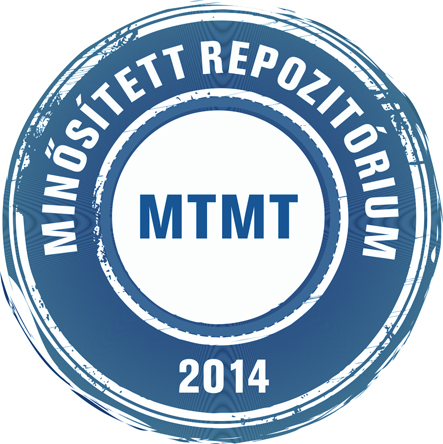Cselényi István Gábor: A szofiológia távlatai. In: Vallás, közösség, identitás, (31). pp. 11-20. (2012)
Előnézet |
Cikk, tanulmány, mű
szegedi_vallasi_031_011-020.pdf Letöltés (891kB) | Előnézet |
Absztrakt (kivonat)
In Far Eastern religions the divine is often represented by a feminine face. Frequently goddesses are connected to one hue or another of the concept of Sophia (Sarasvati, Pragnya Paramita). From the forgotten pages of the Old Testament, from the literature of wisdom the figure of Hokma-Sophia or Divine Wisdom takes shape, who is a personal reality, feminine and maternal in character. Church fathers accepted the notion of created Sophia, together with her cosmic, mariological and theological features and they accepted the notion of non-created Sophia as well, who they identify with either the Logos or the Holy Spirit. Similar inroads are explored by visionaries and mystics of the Western tradition, especially Hildegard von Bingen, who believes that Sophia represents the Holy Spirit. The Holy Spirit - Sophia - Mary - Church parallelism is attested to by paintings and pictures as well.
| Mű típusa: | Könyv része |
|---|---|
| Egyéb cím: | Perspectives of sophiology |
| Befoglaló folyóirat/kiadvány címe: | Vallás, közösség, identitás |
| Dátum: | 2012 |
| Kötet: | 31 |
| ISSN: | 1419-1288 |
| ISBN: | 978 963 306 164 0 |
| Oldalak: | pp. 11-20 |
| Sorozat neve: | Szegedi vallási néprajzi könyvtár |
| Nyelv: | magyar , angol |
| Konferencia neve: | Szegedi Vallási Néprajzi Konferencia (10.) (2010) (Szeged) |
| Befoglaló mű URL: | http://acta.bibl.u-szeged.hu/70246/ |
| Kulcsszavak: | Filozófia |
| Megjegyzések: | Bibliogr.: 19. p. és a lábjegyzetekben ; összefoglalás angol nyelven |
| Szakterület: | 06. Bölcsészettudományok 06. Bölcsészettudományok > 06.03. Filozófia, etika és vallástudományok |
| Feltöltés dátuma: | 2020. szep. 24. 09:10 |
| Utolsó módosítás: | 2022. feb. 04. 09:11 |
| URI: | http://acta.bibl.u-szeged.hu/id/eprint/70455 |
 |
Tétel nézet |





